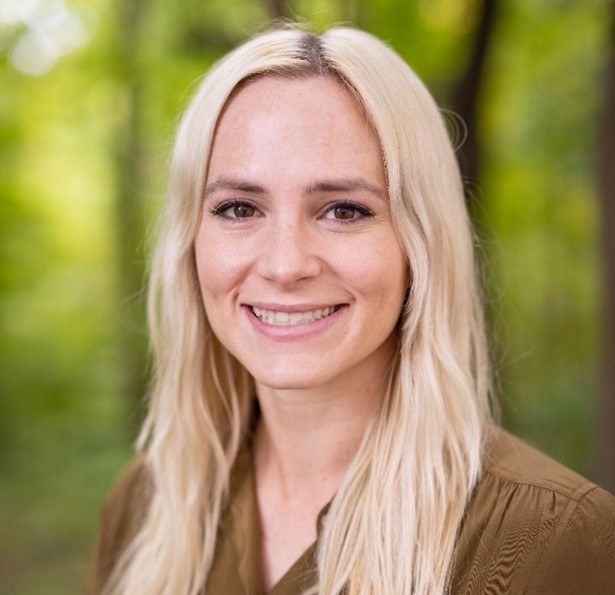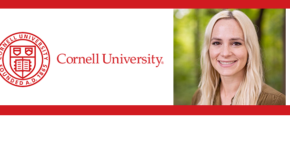 Despite our vast knowledge as a species, there are questions about our planet that are still puzzling researchers.
Despite our vast knowledge as a species, there are questions about our planet that are still puzzling researchers.
Megan Holycross, assistant professor in the department of Earth and Atmospheric Sciences at Cornell University, delves into one.
Dr. Megan Holycross is an Assistant Professor in the Department of Earth and Atmospheric Sciences at Cornell University. She is a geologist that studies the chemistry of rocks on Earth and other planets using high-temperature, high-pressure laboratory experiments. Megan’s research aims to quantify the “how, why, when and where” of diverse processes like continent building and volcanic eruptions.
Earth’s Unique Continents and Atmosphere
Earth’s exterior is marked by two unique features: an atmosphere rich in oxygen and buoyant continents that rise high above the oceans. Together, these two characteristics enable a habitable world for complex life. Is their coexistence a coincidence, or are they related?
My team and I explore these questions by studying the relationship between oxygen in rocks and oxygen in the atmosphere. The cooled magmas that make up Earth’s continental crust are chemically unique: they contain more available oxygen, or are more oxidized, compared to rocks on Mars and Venus, two planets with oxygen-poor atmospheres. Scientists have hypothesized that the processes that created oxidized continental crust could have also played a role in the accumulation of oxygen on Earth’s surface. The puzzle is that researchers disagree on how the continental crust came to be oxidized, or why this process does not appear to be operational on other planets.
The answer may lie 10s of kilometers beneath the continents in subduction zones where one tectonic plate dives beneath another. We can’t directly observe how continents are made in subduction zone magma chambers, but my team and I can recreate these environments in our laboratory using high-pressure and temperature experiments. Our work has shown that the oxidized nature of the continents is probably not related to the crystallization of high-pressure minerals deep in the continental crust, ruling out one popular hypothesis. Instead, the unique chemistry of the continents is likely to be inherited from oxidized materials on the downgoing tectonic plate that have contaminated crustal magmas. This might explain why the other rocky planets in our solar system do not have continents or oxygen-rich atmospheres: they also don’t have active plate tectonic cycles.
